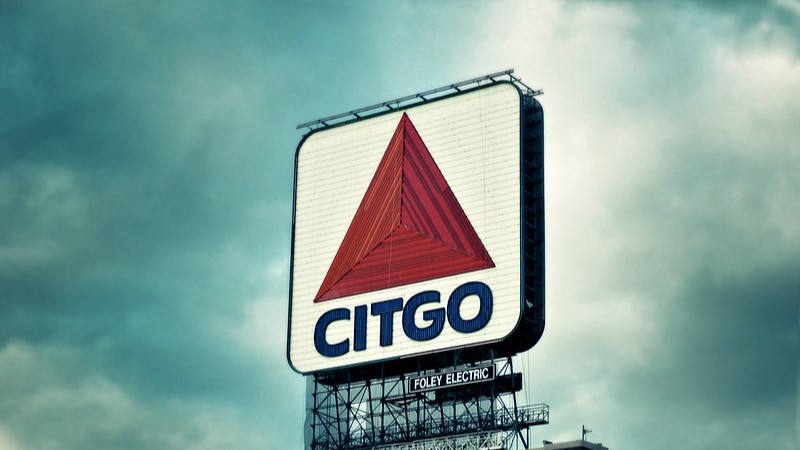For many individuals nearing their golden years, managing retirement investments can feel overwhelming. While pre-packaged target-date funds offer a convenient solution, they may not be the best option for those seeking greater control over their financial future.
A friend who is an experienced wealth adviser suggested an alternative—creating a personalized target-date fund instead of relying on the conventional approach. This DIY strategy allows investors to take charge of their portfolios while potentially reducing costs.
Key Takeaways
Building a custom target-date retirement fund gives you more control and can be more cost-effective than off-the-shelf funds.
- Do-it-yourself target-date funds let investors mimic the asset allocation of professional managers by using low-cost index funds.
- Constructing your own portfolio can greatly lower fees, possibly resulting in higher returns in the long run.
- Regular rebalancing is key to staying aligned with your retirement objectives and managing risk efficiently.
Understanding target-date retirement funds
Target-date retirement funds are widely used in 401(k) plans and state auto-IRA programs due to their simplicity. These funds automatically adjust their investment mix between stocks and bonds based on the investor’s expected retirement year, gradually shifting toward a more conservative strategy over time.
While these funds provide a convenient, hands-off approach to investing, they often come with higher expense ratios, which can add up over time and make them less cost-effective in the long run.
Building your own target-date fund: Step-by-step
The journey toward building a DIY target-date fund begins by selecting a target date that aligns with your planned retirement year. This serves as the foundation for structuring your investment portfolio, guiding the selection of assets that match your long-term financial goals.
With your retirement year set, the next step is to examine how established target-date funds are structured. Research various financial institutions like Fidelity, T. Rowe Price, and Vanguard, focusing on their asset allocation strategies. Many of these funds maintain a mix of around 70% equities and 30% bonds, providing insight into a balanced approach.
After identifying a target-date fund that aligns with your risk tolerance and goals, you can build a similar portfolio using individual low-cost index funds. By replicating the asset allocation strategy of professionally managed funds, you gain flexibility while maintaining an efficient, diversified investment approach.
Managing and maximizing your DIY target-date fund
One of the biggest advantages of building a custom target-date fund is the potential to reduce fees significantly. Traditional target-date funds often carry higher expense ratios when compared to the combined costs of their underlying components, which can impact overall returns in the long run.
By directly investing in index mutual funds and managing your own rebalancing, you can lower overall costs. For instance, a DIY portfolio might incur an average fee of just 0.06%, compared to the typical 0.84% expense ratio of pre-packaged target-date funds. Over decades, this cost difference can make a substantial impact on your retirement savings due to compounded growth.
To ensure your portfolio remains aligned with your retirement goals, periodic rebalancing is essential. Financial experts recommend adjusting allocations if they deviate by more than 7% to 10% from the intended balance.
Even during periods of volatile market conditions, maintaining a disciplined approach is essential for managing risk effectively and preventing impulsive investment decisions that could lead to unfavorable outcomes. By staying committed to your strategy, you can optimize long-term growth while keeping fees in check.
DIY vs. traditional target-date funds
A DIY target-date fund offers both control and cost efficiency, but it requires ongoing monitoring and rebalancing. In contrast, pre-packaged target-date funds provide convenience for those who prefer a set-and-forget strategy.
The choice ultimately depends on your preference for control versus convenience. If you are comfortable actively managing your investments, a DIY approach could be a rewarding and cost-effective strategy.
For retirees or those approaching retirement, crafting a personalized target-date fund allows for greater flexibility, lower fees, and improved investment returns. With careful planning and disciplined management, a DIY strategy can lead to more secure financial outcomes in later life.
However, before making significant portfolio changes, it’s always advisable to consult a financial adviser to ensure your investment plan aligns with your broader financial goals.















